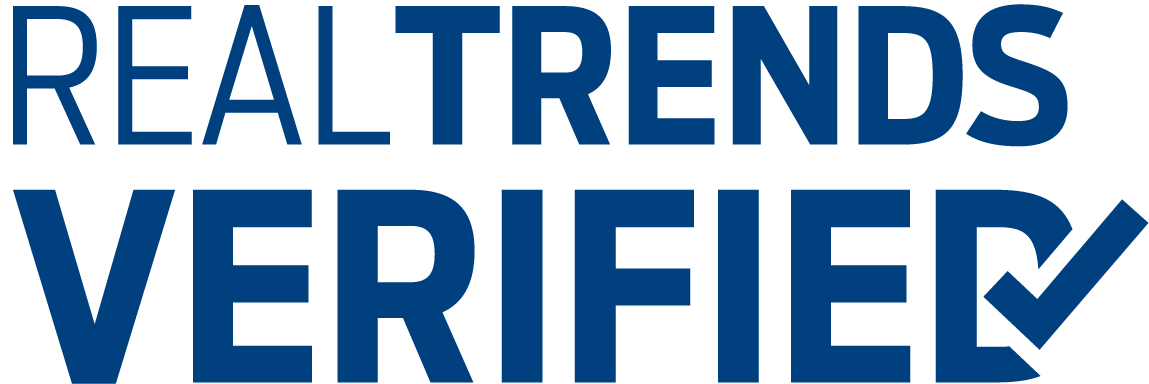In the burgeoning age of digitization, the real estate industry is not immune to the transformative tide of technology. The advent of proptech, or property technology, has been a disruptive force, reshaping the contours of this age-old industry.
From virtual tours to the seamless exchange of documents, proptech has been a game-changer, facilitating smoother transactions and empowering both agents and customers alike. Yet, for all its advancements, this revolution is not without its pitfalls and challenges.
Proptech’s rise has been meteoric, catalyzed by the global pandemic that forced us to rethink our approach to conducting business. The findings of a 2021 report from venture capital firm MetaProp seem to echo this sentiment, indicating that nearly 40% of proptech startups surveyed believed it would be easier to procure venture capital funding compared to the previous year.
The growing investor confidence in proptech demonstrates its potential to revolutionize the buying process. However, harnessing this potential to its fullest extent necessitates a comprehensive understanding of common mistakes that can impede its efficacy.
Lack of a service level agreement
One such error lies in the absence of a Service Level Agreement (SLA) with a vendor. An SLA outlines the vendor’s technical support procedures for a malfunction with the service and details how and when the vendor will respond to it.
If a real estate brokerage with no SLA established with its vendor experiences technical difficulties with its proptech applications, agents would have to wait for an indefinite amount of time until the service is up and running again, resulting in lost productivity, missed opportunities, and, worst of all, frustrated clients who expect prompt and reliable service. With an SLA put in place, agents would know precisely how extended downtime would take and would be able to keep their clients updated.
In addition, a brokerage that values a close and personal relationship with its clients should create an SLA that aligns with a culture that emphasizes personalized customer support and swift resolution delivery.
Lackluster quality and timing of support
Failure to capitalize on quality customer support is another crucial mistake a brokerage could make when deploying proptech applications. When services are down and clients demand a solution, it would damage their trust in the company and frustrate them if they were met with slow response times and automated messages. An exceptional customer support strategy provides a brokerage with the opportunity to retain clients as well as team members.
Although adding a more personal touch to customer support, such as implementing human assistance, does drive up costs for the company, 86% of buyers are willing to pay more for a better customer service experience (PwC), thus driving up profit along with these expenses. Clients would much rather work with an agent than a chatbot powered by artificial intelligence, and studies show that they are willing to pay more for the human touch.
Timing also ties into customer support factors that could lead to lost clientele, wasted man-hours, and lower profit if not appropriately handled. Clients want answers fast when their application needs support, and it is solely up to the brokerage to provide a timely response while they work with the vendor on fixing the issue.
While improving the quality of customer support does come with higher expenses, it costs zero dollars for a brokerage to communicate with their clients when something goes wrong quickly. Even a simple email stating that the brokerage knows there is a problem would suffice! Overlooking the quality and timing of customer support could strain the company’s partner relationship.
Lack of auditing practices
Lastly, a common mistake a real estate brokerage could make is not auditing its portfolio of proptech vendors. Proper auditing practices provide valuable insight for a company on which vendor offers the most efficient support and services at the most effective price range. Not auditing proptech vendors may also lead to using outdated applications that can hinder a brokerage’s operational efficiency.
Clients respond much better to state-of-the-art services and will likely choose a brokerage with high-end proptech applications to assist them in buying over one that utilizes outdated applications and processes. A brokerage should evaluate its vendors based on criteria that best suit its needs. Vendors must be assessed to determine where improvement is needed so they can either fix any issues they bring or be replaced entirely with a new vendor that better fits a company’s criteria.
Despite these challenges, proptech holds immense promise for the real estate industry. Its potential pitfalls can be mitigated with the right strategies and practices. A well-crafted SLA, timely and personalized customer support, and regular vendor audits are instrumental in ensuring a seamless user experience, bolstering the company’s brand image, and enhancing customer satisfaction. In sum, proptech represents a remarkable evolution in the real estate industry, offering numerous advantages while posing certain challenges. A proactive approach to addressing these challenges can help brokerages harness the full potential of proptech, delivering maximum value to agents and customers alike.
Curtis Williams is a Land Investment Professional with National Land Realty, the nation’s fastest-growing real estate land brokerage.

